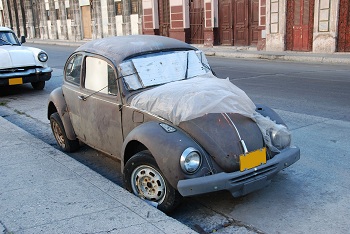A recent report by Polk & Company has attracted some attention in recent weeks. This report shows that the median age of vehicles on the road in the U.S. is at an all-time high, meaning that Americans (consumers and businesses) are still opting to keep their old cars running, rather than buying new vehicles. There are a few factors that contribute to this trend:
- Vehicle durability has improved in recent years. This is a good thing for consumers, who can confidently get more mileage out of their cars. It can also be a boon to producers of spare parts, which can be used to keep an old car running, instead of building a new one.
- The economy crashed in 2008, and sales of durable goods, including automobiles, have yet to fully recover to pre-crash levels. This signifies that many consumers and businesses are not yet confident enough to make larger-scale investments like fleet upgrades, which means they’re holding on to their old cars longer. Many consumers are also having a harder time acquiring the credit required to purchase a car than they were only a few years ago.
While interesting and in some ways disconcerting, the report doesn’t signify the death of the auto industry. On the contrary, the industry is producing better vehicles than ever, and the pent-up demand as the economy pulls out of recession is sure to drastically improve the industry’s fortunes, and in short order. Ford’s profits for the first quarter of 2011 were its highest in over a dozen years, helped partially by the company’s decision to raise the price of its vehicles. They feel confident that they are selling a car more valuable in previous years, because it lasts longer and is more fuel-efficient, and consumers have responded by paying a higher price.


